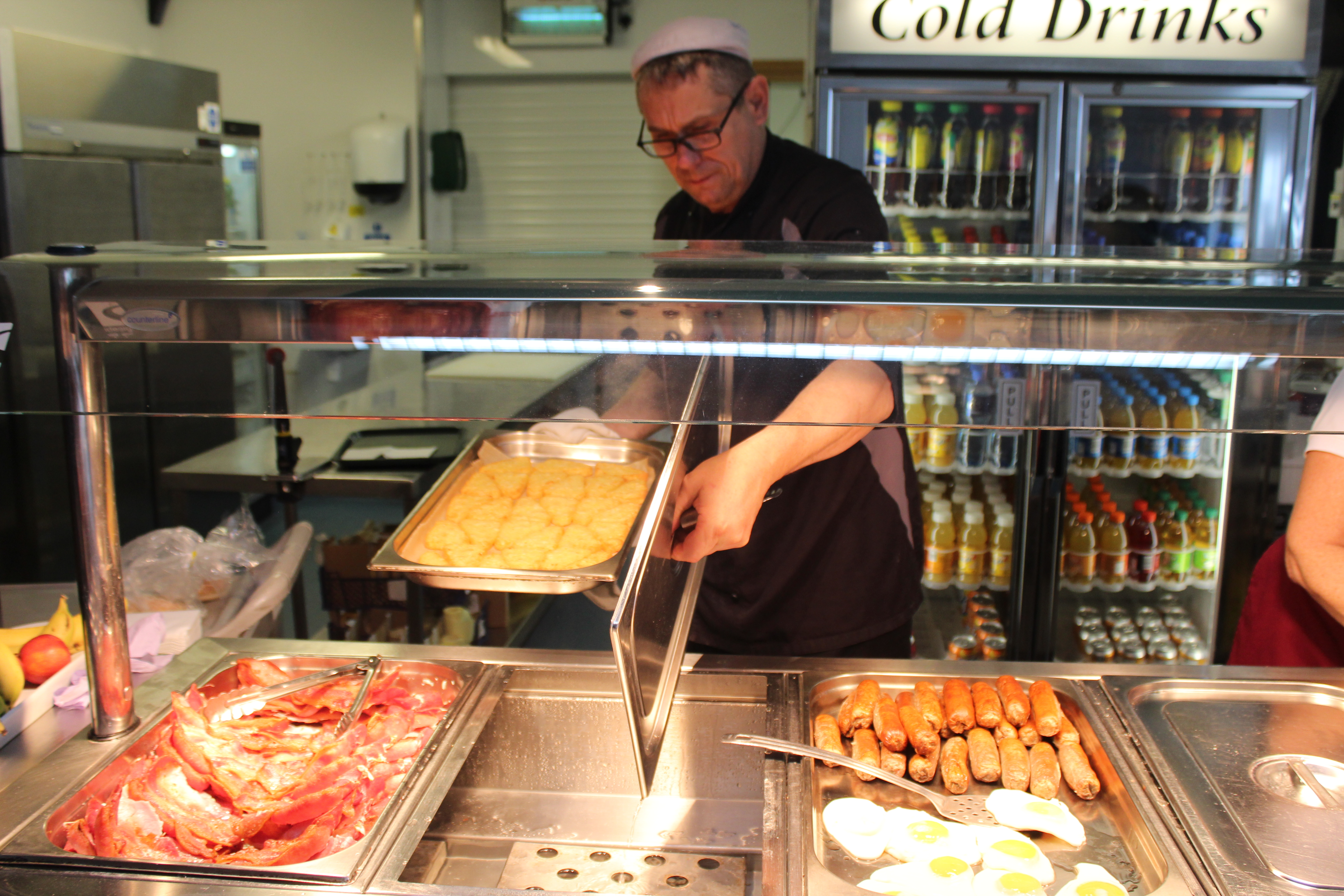what is an environmental portrait?
An environmental portrait is a portrait executed in the subject’s usual environment, such as in their home or workplace, and typically illuminates the subject’s life and surroundings. The term is most frequently used of a genre of photography.

how to take good environmental portraits?
1.Spend time getting to know your subject
Before you select a location and start shooting, spend some time getting to know your subject. Find out where they spend their time, what the rhythm of their life is like and observing their personality. Out of this you’ll not only find appropriate locations but will begin to get a feel for the style of shots that might be appropriate and you’ll begin the process of helping your subject relax into the photo shoot. If possible it might even be helpful to accompany your subject to some possible locations to see both how they look but also how your subject behaves and interacts there.
2.Choosing a Location
Sometimes a location chooses you (it’s easy) but on other occasions you need to be quite deliberate and purposeful in making your choice (and it can take a lot of searching). When choosing your environment you ideally want to get one that:
- says something about your subject – after all that’s what this style of photography is all about
- adds interest to the shot – as I’ve written in previous tutorials – every element in an image can add or detract from your shots. The environment that you place your subject in needs to provide context and be interest without overwhelming the shot
- doesn’t dominate the shot – sometimes the location can dominate the image so much that it distracts your viewer away from your main focal point (the subject). Try to avoid cluttered backgrounds (and foregrounds), colors that are too bright etc. Keep in mind that you might be able to decrease the distractions with clever use of cropping, depth of field and subject placement.
3.Posing
What sets the environmental portrait apart from candid portraits is that you post your subject (it’s a fine line and you might end up doing a bit of both in any given shoot). Don’t be afraid to direct your subject to sit, stand or act in a certain way that fits with the environment that you’re shooting in. Some of the poses might seem slightly unnatural and dramatic but it’s often these more purposely posed shots that are more dramatic and give a sense of style to your shot.
The expression on the face of your subject is also very important in environmental photography and you should consider how it fits with the overall scene. For example if you’re shooting in a formal environment it may not be appropriate to have your subject with a big cheesy smile and you might like a more somber or serious look. Again – mix it up to see what does and doesn’t work.
4.Camera Settings
There is no right or wrong way to set your camera up for an environmental portrait as it will depend completely upon the effect you’re after and the situation you’re shooting in. You might find that shooting at a smaller aperture (larger numbers) will be appropriate as it will help keep the foreground and background in focus. I generally shoot with a wider focal length in these situations also to give the environment prominence in the shot. Of course this doesn’t mean you can’t shoot more tightly cropped or with a large aperture and shallow depth of field – ultimately anything goes and you’ll probably want to mix up your shots a little.
experimenting with environmental photography:
in school we were asked to take environmental portraits in the streets of St. Helier but as i didn’t attend that class i was asked to take the portraits inside the school, so my best bet was to go to the canteen in the staff’s working time. And this is what i came up with:

Before i took the portrait i asked the canteen lady to have direct contact with the camera and she kindly accepted. as you can see she is working as she naturally would.

And over here i didn’t ask the chef i i could photograph him i did it without his notice to get a fully natural portrait. but of course i asked if i could use the photograph later on.
